There was a time when the term "Freshman 15" was equated with gains in body weight, but all too many freshmen arrive on America's campuses with those pounds already distributed. Today we could use the term for the weight of their backpacks laden mostly with electronic gear for educational and entertainment purposes (and the line and equipment blur together, of course, but I am trying to reconcile all those fancy headphones I see). A fall higher education tradition is pondering all the information being published about the incoming class of first-year college students. From how they view the world, to the ways they gather information, and how they interact with technology, adults, and their peers, significant insight and intelligence is available about the class of 2016.
For the past few years, incoming classes have never lived without the Internet. We know that its members learn and process information differently than their professors did when they began their college careers. In fact, a dominant trend today is the practice of "flipping" the classroom, leaving the lecture at home to focus class time on interactive learning, group projects, and research. A recent survey found that the majority of college professors is excited about spending time coaching students rather than lecturing them, and about various technology-driven trends in higher education. That's good, and also quite different from previous practices. But if today's students are already different from us, imagine the changes coming over the next two decades.
It's important that we begin planning for and building our knowledge today about the college students of tomorrow. It's a little daunting to realize that some of those students are being born at this very minute, and will turn 18 in the year 2030. In that not-too-distant year, we will welcome the Class of 2034 into the world of higher education.
I call the new breed of students being born today "screeners." More than any generation before them, they will have spent much of their time in front of a screen. Watching, learning, playing, making friends, communicating, purchasing, designing, working. Of course we see strong indications of this behavior and mindset already, but today's students still use books, paper, and pencils in the classroom. According to neuroscientists, these up-and-coming screeners will have an uncanny ability to integrate an extraordinary range of disruptions, stimuli, and input at once. They will multitask more than any generation, they'll make decisions faster, and they'll connect the digital dots in creative ways to formulate new paradigms in learning, living, and working.
For educators, this means creating open, responsible, digital environments -- idea incubators, if you will, that promote and facilitate social interaction via a global classroom.
Evidence suggests we're headed in the right direction. The NYIT School of Architecture and Design's Environmental Site Planning course recently brought together students from engineering, architecture, design, and business to address a real-world problem.
After much discussion, collaboration, and research, the students determined that low-value, non-biodegradable plastic water and soft-drink bottles found everywhere in the world could be "upcycled" and used for a higher value. They designed a roofing system with a plastic interface that holds the bottles in a sloping grid, creating a surface that's easy to erect, sturdy, and rainproof. It can be built anywhere there's a need for quick, low-cost shelter, including the developing world and disaster sites.
Contributing to the project, a faculty member developed an architectural computer program to investigate how cut plastic bottles could be stacked, overlapped, and offset as a roofing system. With this program, students could quickly adjust variables and explore thousands of new design solutions, which led to a course about parametric and creative design techniques. The faculty have received a provisional patent, and the architecture, management, and engineering and computing sciences students have co-written an award-winning business plan for the Soda Bottle Interface Bracket (SodaBIB).
While institutions of higher learning continue to do the vitally important work of bringing knowledgeable and creative graduates into the workforce, we must acknowledge and adapt to the ongoing paradigm shift in the educational process.
In a knowledge-based economy, education is our greatest natural resource. As information sharing becomes more pervasive and the world shrinks, centers of higher learning will have a critical role that no one else can fill -- not government, not K-12 education, not industry nor think-tanks, not even life experience. We must become the unique idea incubators where these competencies come together so that students can fully engage and learn how to leverage new technologies, and develop new solutions, approaches, and visions.
A good university should facilitate the zone of exploration where we promote new ideas, accept failure, reward creativity, breed innovation, and foster interdependent learning. This is important for our students today and may even be more important for the "screeners" generation who will be here before we know it.
